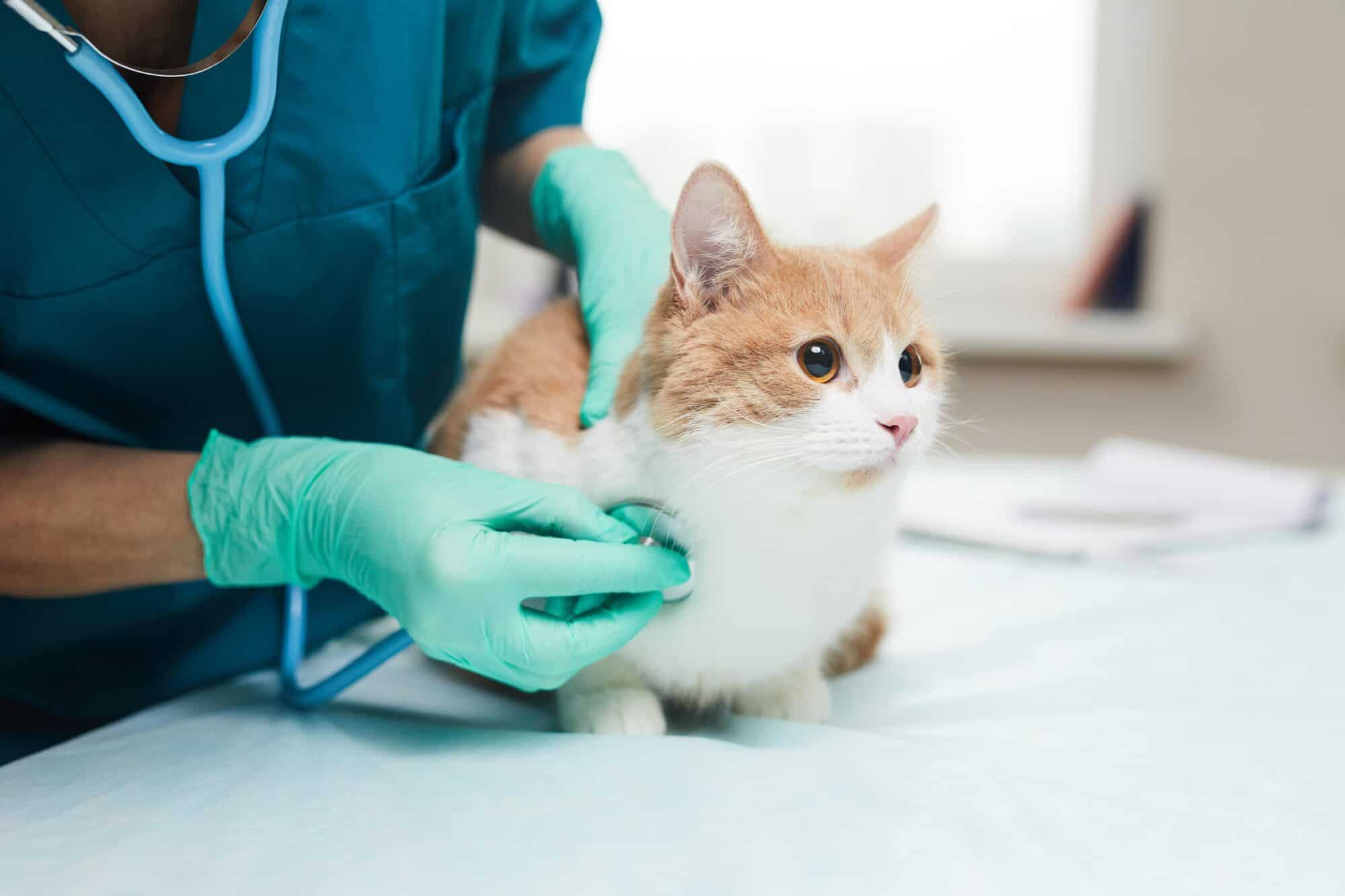Top 10 Signs Your Cat Is Sick

When it comes to cat health, it’s always better to be safe than sorry. In fact, because they hide signs of illness, any outward signs of distress or discomfort should be carefully evaluated and treated. For convenient reference, we’ve detailed the top 10 warning signs that your cat should come in to see us.
Why Preventive Care Matters So Much
The opportunity to see feline patients every 6–12 months serves many functions. Not only are we able to develop a baseline of healthy values, we can interrupt the course of developing health conditions.
Disease prevention through scheduled vaccinations and boosters, parasite prevention, nutritional support, behavioral needs, and dental care can positively influence feline health and wellness. However, all cats can become sick or injured without warning.
Top 10 Signs
As creatures of habit, you can rely on any changes to their behavior or appearance to understand how they feel. Please consult this list of common cat health issues.
- Any signs of pain or distress indicate a need for veterinary attention. An obvious shrinking away from touch, crying, or hiding, can be your cat revealing they feel poorly.
- Signs of traumatic fight, fall, or vehicle collision must be tended to. Even if you don’t see an open wound, broken bone, or bleeding, cats can suffer from painful internal injury that must be examined and treated.
- Excessive or repeated vomiting in a short period of time (a day or less) should be viewed as problematic. Even hairballs can sometimes be linked to serious problems if they occur with some pattern. When a cat stops eating, drinking water, or passing food/water, they need emergency care.
- Litter box problems, such as soiling outside the box, crying during elimination, or straining require immediate action. Urinary obstruction or infection can be very dangerous. Kidney disease is a common age-related condition and can cause cats to produce more urine than before.
- Appetite changes can definitely signal something’s not right. While some cats are definitely a bit picky, if you see them suddenly ignoring their bowl, please let us know. Likewise, any increases to their appetite benefit from an examination and possible diagnostics.
- Shallow breathing or a faster respiratory rate can be caused by various conditions, like poisoning, allergies, asthma, or heart disease. Coughing is not considered a normal cat behavior.
- A drastically-reduced interest in play or exercise should trigger an evaluation. Even cats that enjoy a slower, sedentary routine should perk up when the catnip toys come out. Hiding or social withdrawal are commonly linked to various health conditions that need immediate attention and treatment.
- While fatty lipomas are common among older cats, any lump, bump, or growth on the body should be examined and possibly tested. Even if a growth is considered totally benign, it could inhibit a cat’s full range of movement or impact their comfort.
- Eye or ear discharge that arrives suddenly or has changed in appearance or frequency can be caused by infection that can get worse.
- Changes to a cat’s gums can say a lot about their well-being. Blue gums can mean that oxygen levels are dangerously low, red, inflamed gums indicate gingivitis or periodontal disease, and yellow-tinged gums can signal a problem with the liver.
Our doctors at Sacramento Cat Hospital are always here to help your cat. Please call us at (916) 488-4161 with any questions or concerns.

